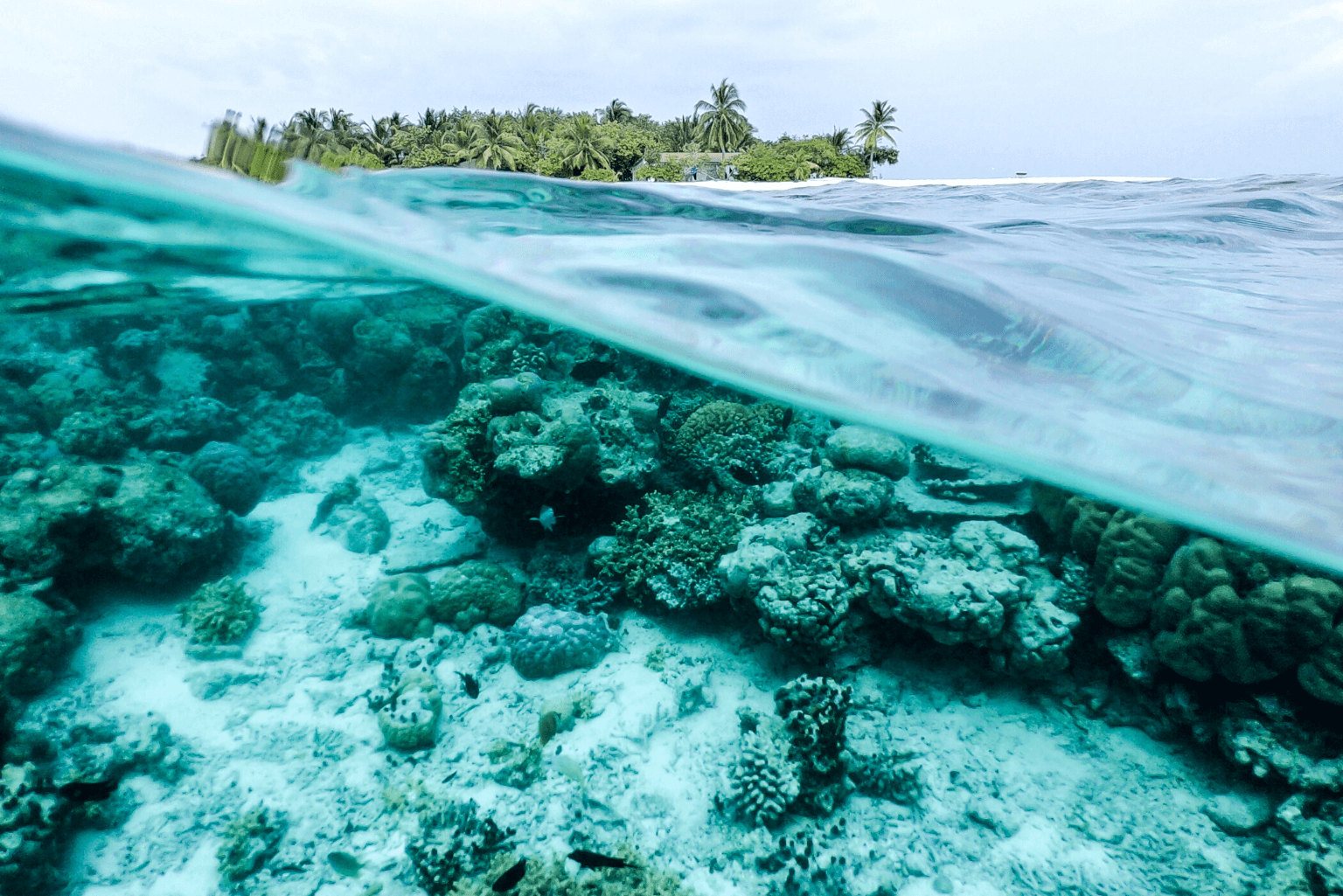Research suggests that the 12,000 sperm whales in the Southern Ocean absorb roughly 400,000 tons of carbon every year — an example of marine life’s major climate benefits and something called blue carbon.
In an ideal world, a sperm whale spends 70 years roaming the ocean, regulating the food chain, and rearing its young, before finally breaking the surface for the last time and peacefully sinking to the sea floor. It’s an idyllic life for a whale, but it also has significant environmental benefits.
When they die and sink to the seabed, whales take all of the carbon they have absorbed with them. For this reason, they are an example of blue carbon, a term that refers to all of the carbon that is captured and sequestered thanks to ocean life.
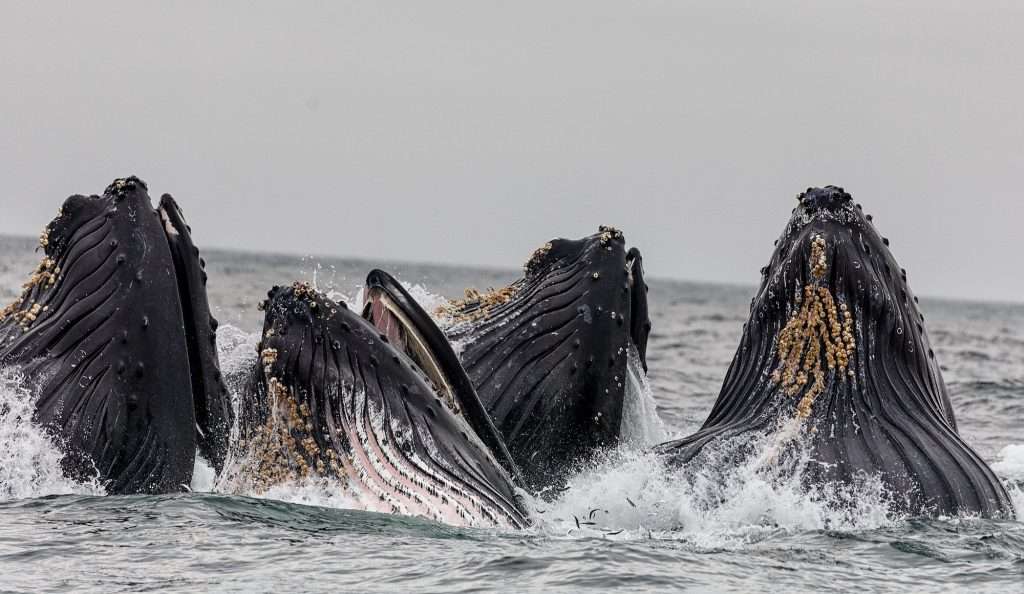
Blue carbon can refer to marine animals or plants, and it is vital in the fight against the climate crisis. But, due to a number of industries, including fishing, whaling, and agriculture, it is in trouble. Here, we dive into some of the biggest threats to blue carbon, as well as some of the ongoing efforts to protect it. But first, let’s take a closer look at what it actually is and how it can help the planet.
What is blue carbon?
By now, it’s common knowledge — and accepted by 99.9 percent of all scientists—that the earth is heating up. This is because the world’s biggest industries, like oil, meat, and transportation, are emitting tons of potent greenhouse gasses (mostly carbon dioxide) into the atmosphere.
But there are ways to mitigate this impact and pull carbon out of the air, or in the case of blue carbon, out of the oceans. (According to the Blue Carbon Initiative, 83 percent of the global carbon cycle circulates through the world’s oceans.)
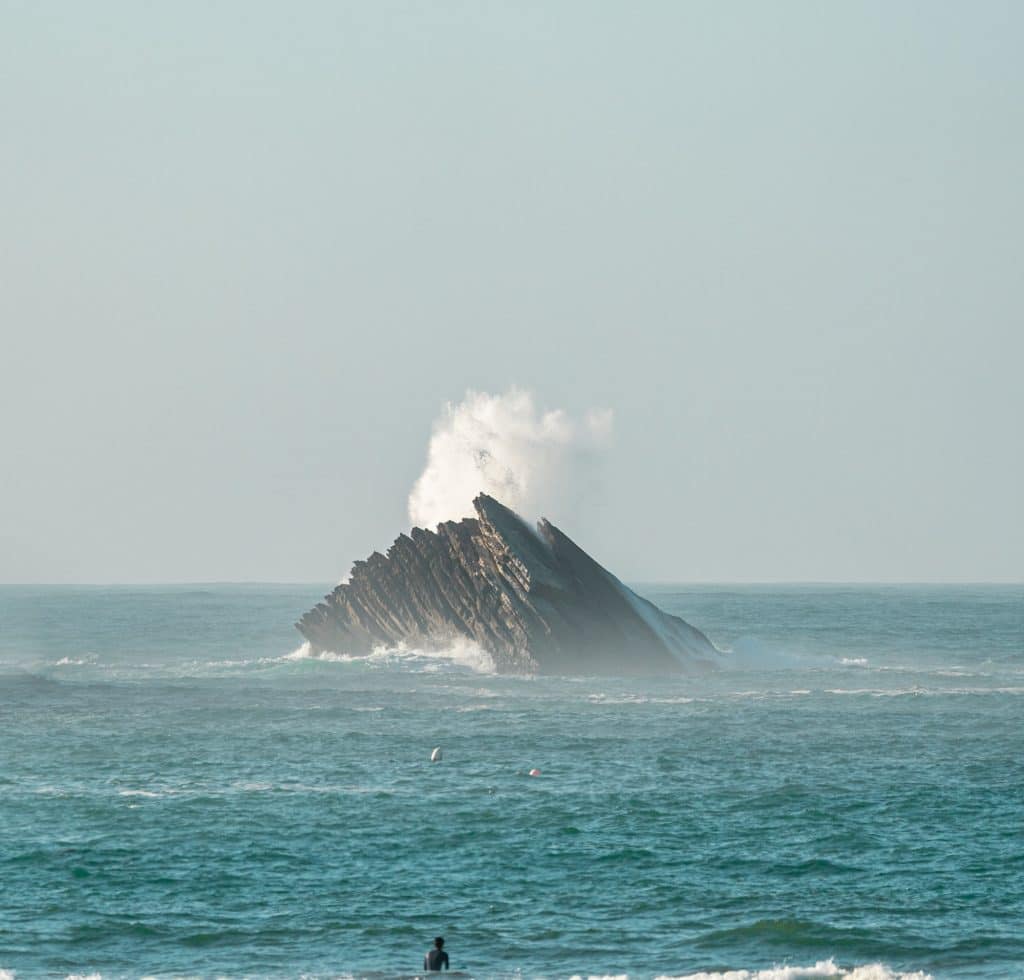
On land, rainforests provide a carbon sink. The Congo, for example, sequesters 600 million metric tonnes more carbon dioxide per year than it emits. In the ocean, seagrass and mangrove forests can do the same thing.
In fact, they can sequester carbon even more effectively than trees. Seagrass can capture carbon up to 35 times faster than a tropical rainforest. And for every acre of mangrove forests, up to 220 metric tons of carbon is stored.
When it comes to animals that help store carbon, whales aren’t alone. Bivalve mollusks are another example. One recent study found that together with crustaceans and corals, clams were helping to store 12 million tons of carbon in the waters around the Channel island.
Blue carbon threats
Across the oceans, industries are threatening marine life, and in turn, their ability to sequester carbon.
For example, it’s estimated that there were likely around 1.1 million sperm whales in the world’s oceans before whaling. Now, there are roughly just 300,000 left. While many countries have stopped whaling, the industry isn’t over, with Norway and Japan still active participants.
This is not only devastating for the whales and the ecosystems they support, but also for the climate. When a whale is killed and pulled from the ocean, all of the carbon stored in its body isn’t sequestered, but released into the atmosphere.
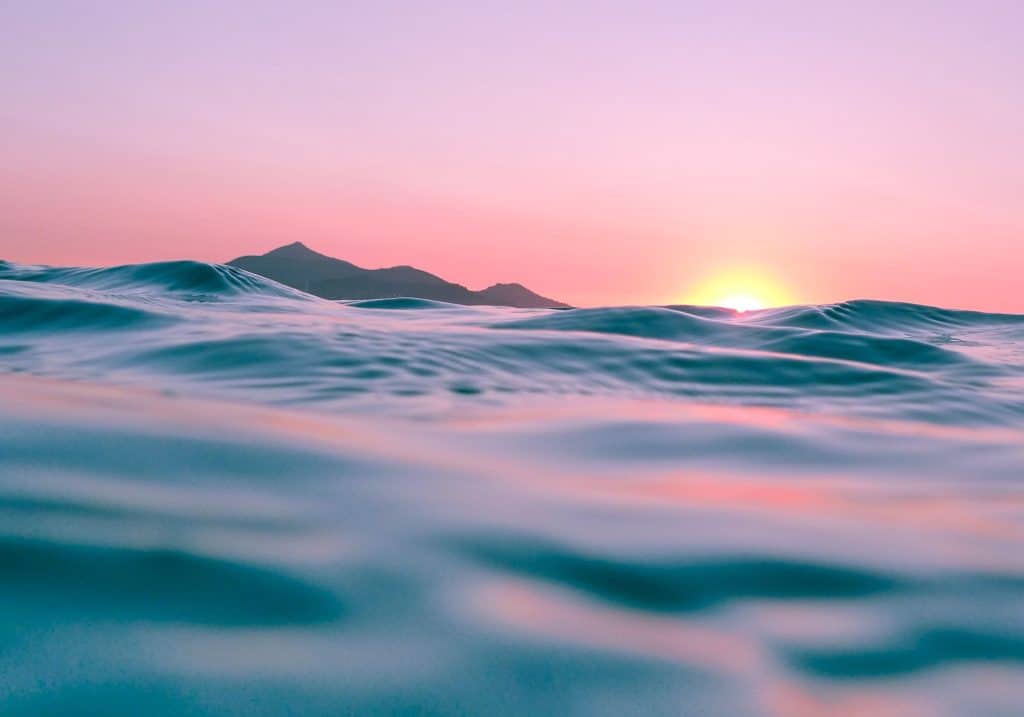
But the threats to blue carbon are bigger than just one industry. Whales are also victims of the fishing industry, as they often get accidentally caught in nets as bycatch. And bottom trawling, which refers to fishing gear that aims to catch fish near the sea floor, also destroys beds of seagrass.
Mangroves are also cut down for timber and charcoal, as well as shrimp aquaculture. In fact, some research notes that in the last two decades, more than 238,000 hectares of mangroves have been cleared for shrimp farming.
Protecting blue carbon
The oceans and coasts are at risk, but the situation is not without hope.
Humpback whales, which like sperm whales are able to store carbon, are starting to increase in numbers thanks to conservation efforts. They are not without their ongoing threats (like the climate crisis itself), but it’s thought that, after they were nearly made extinct by whaling, the population of the western South Atlantic humpback whale has grown to almost pre-whaling levels of 25,000.
Many people around the world are also focusing their attention on mangrove restoration, which not only benefits blue carbon but also provides protection against storms and floods.
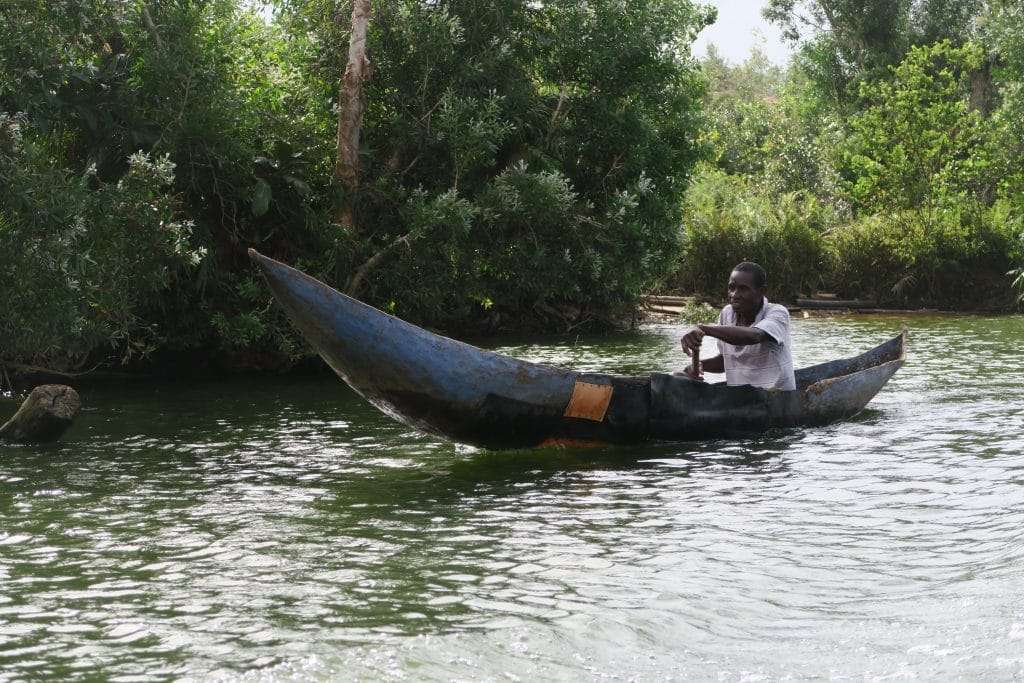
In Cambodia, for example, local women have been working with NGO Action Aid on a mangrove rewilding project that aims to plant more than 100,000 saplings. And in Gasi Bay, on the east coast of Kenya, where residents used to cut down mangroves for logging, a replanting project is underway.
And just this past summer, the government of Indonesia announced a new initiative called the Mangroves for Coastal Resilience Project. The project, which is being supported by the World Bank, aims to rehabilitate 600,000 hectares of mangroves by 2024.
“The success of this project will contribute significantly to achieving Indonesia’s emissions reduction target,” said Siti Nurbaya Bakar, Indonesia’s minister of environment and forestry, earlier this year.
He added: “Mangroves restoration and conservation are critical to realizing those targets and are a testament to Indonesia’s strong global commitment to adapt to and mitigate the impacts of climate change.”
Further blue carbon efforts were also recently announced at last year’s COP27, the 2022 United Nations Climate Change conference, which took place in Egypt.
For example, an initiative called the Mangrove Breakthrough presents a new goal for the restoration and protection of mangroves by both governments and the private sector. It aims to secure $4 billion to prevent more mangrove forests from being lost, to restore half of the recent losses, and to double the protection of mangrove forests. By 2030, the aim is to restore 15 million hectares of mangroves.
A new seagrass-focused plan was also announced at the conference. By 2025, a new project aims to map out all of the seagrasses in the Indian Ocean, so that countries can put in place plans to protect them.
Related on Ethos:

